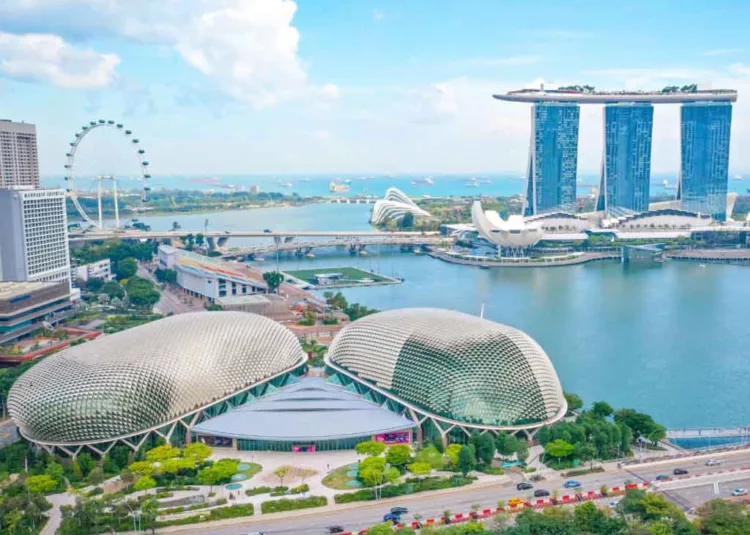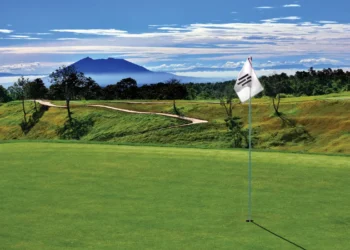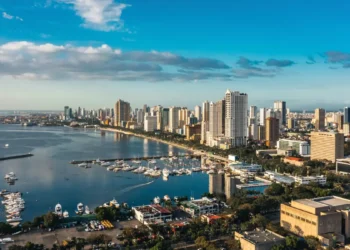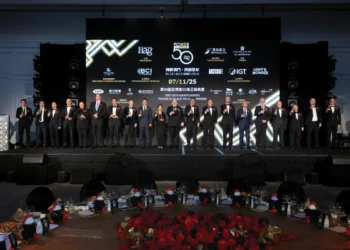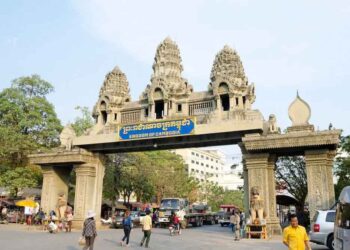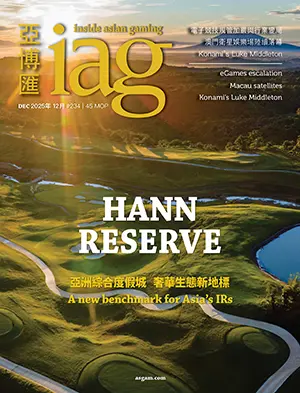The Singapore Tourism Board (STB) said Friday it will shift its tourism focus to value over volume, with the government revealing it expects tourism spending to reach as high as SG$50 billion (US$37.9 billion) by 2040 – around 1.7 times current levels.
STB Chairman Melissa Ow told local media that the rate of tourism spending is seen outpacing visitation growth as the city looks to improve the quality of visitation in the coming years.
This after Singapore attracted 16.5 million international visitor arrivals in 2024, with tourism receipts reaching a new record high of SG$29.8 billion (US$22.6 billion).
The STB released more details around its Tourism 2040 road map on Friday, revealing that it aims to focus on three core pillars: cultivating future demand, enhancing Singapore’s destination appeal and developing a future-ready tourism sector.
Among its main areas of focus will be the MICE sector, with Minister-in-charge of Trade Relations Grace Fu stating at the STB’s annual Tourism Industry Conference that this was seen as a “high-growth and quality visitor segment”, according to The Straits Times.
The STB aims to triple MICE tourism receipts and grow the contribution of overall tourism receipts of MICE travellers from 4% to 10% by 2040, explained Ow.
Major projects designed to support this mission include the possible development of a MICE hub in Singapore’s downtown district and the rejuvenation of key tourist hotspots like Orchard Road and Sentosa – the latter home to Resorts World Sentosa’s US$5 billion expansion project.
The STB also announced Friday a SG$40 million (US$30.3 million) upgrade of Marina Bay Cruise Centre Singapore, which will upon completion next year be better equipped to handle an increased passenger volume and facilitate dual ship calls associated with the trend of larger cruise ships.
The center’s capacity will also grow from 6,800 to 11,700 passengers following the upgrade.
“The enhancements will focus on improving passenger experience, with additional lounge facilities, larger seating areas for embarkation and disembarkation, and check-in stations that can accommodate two larger cruise ships concurrently,” the STB said.






